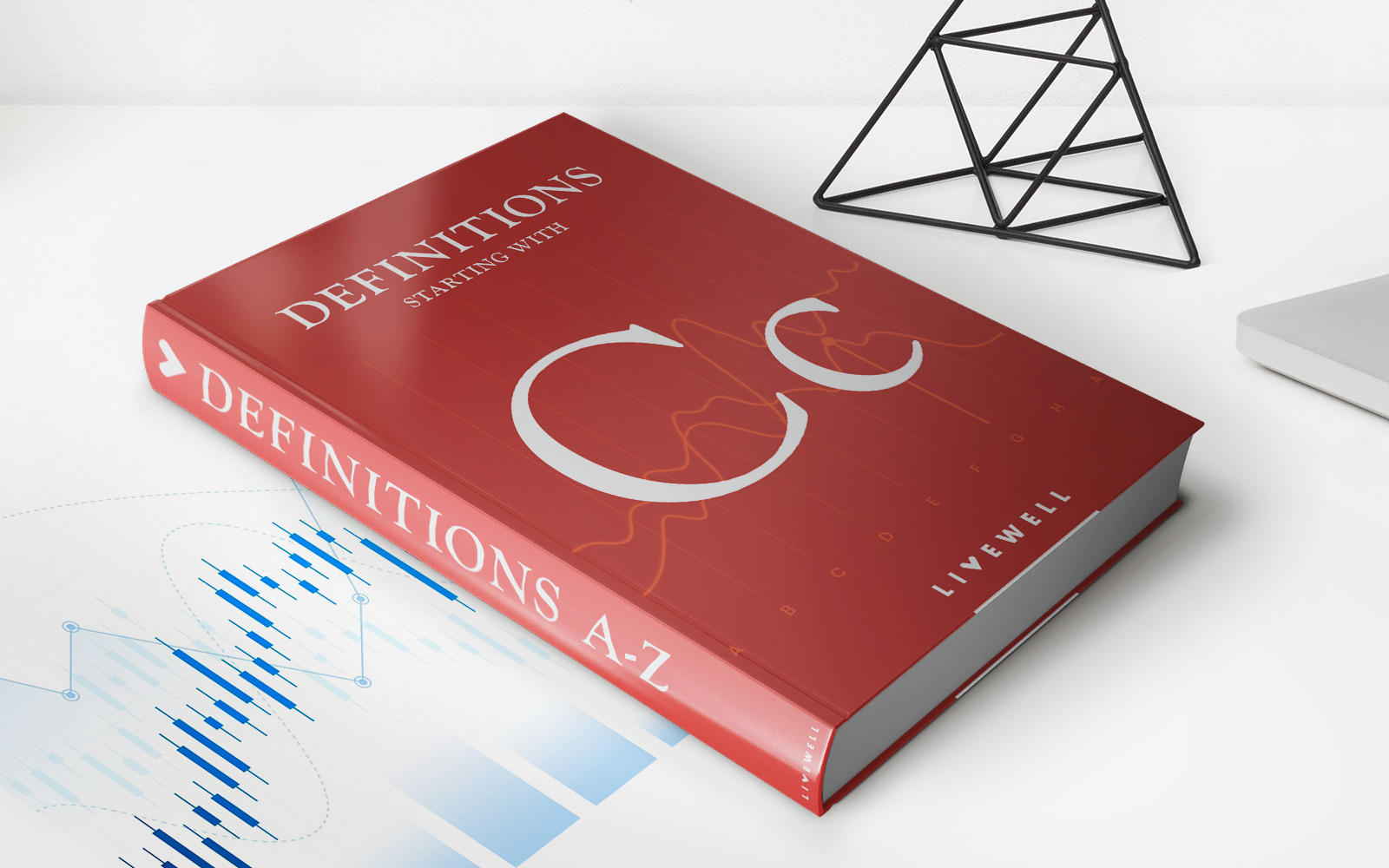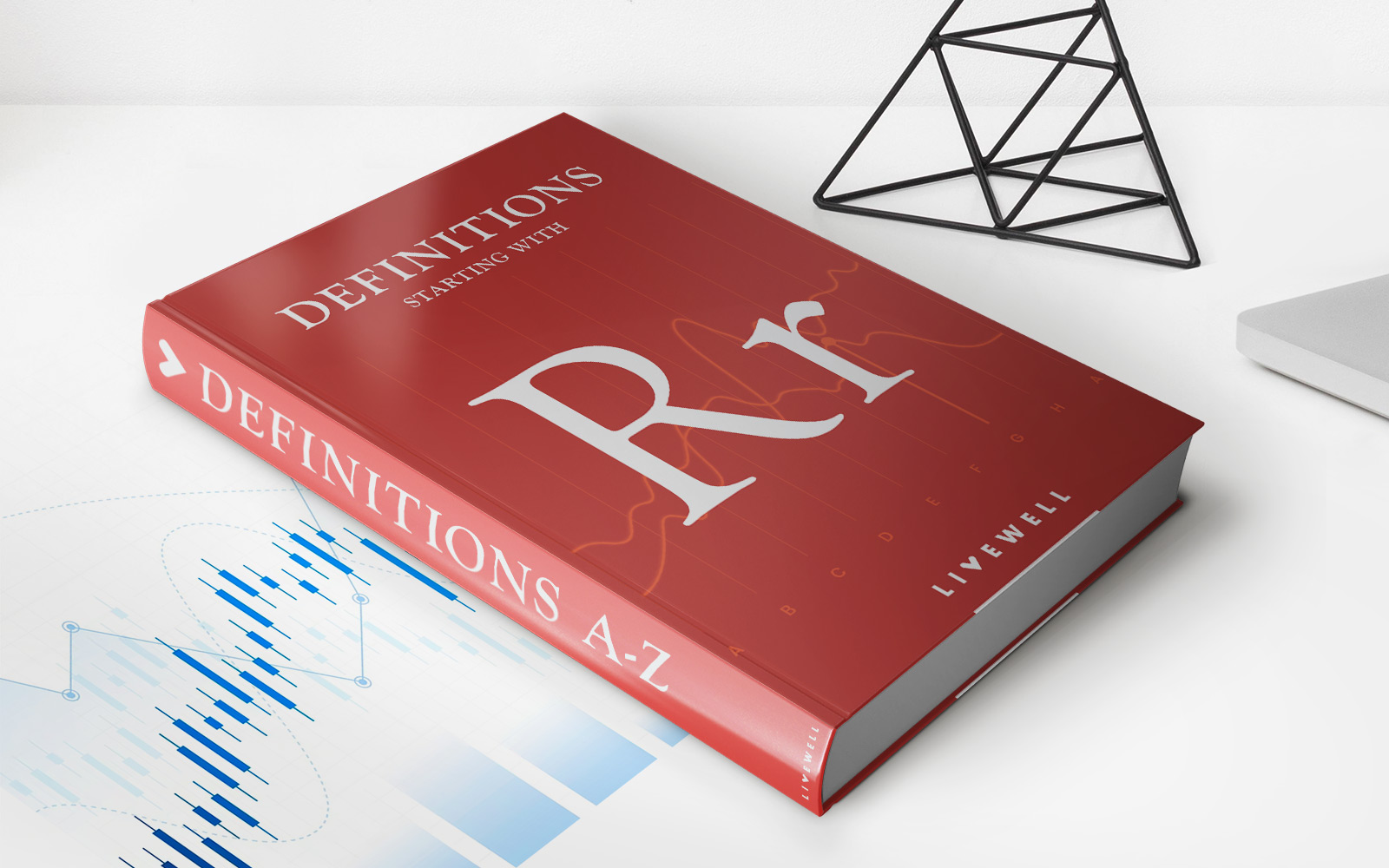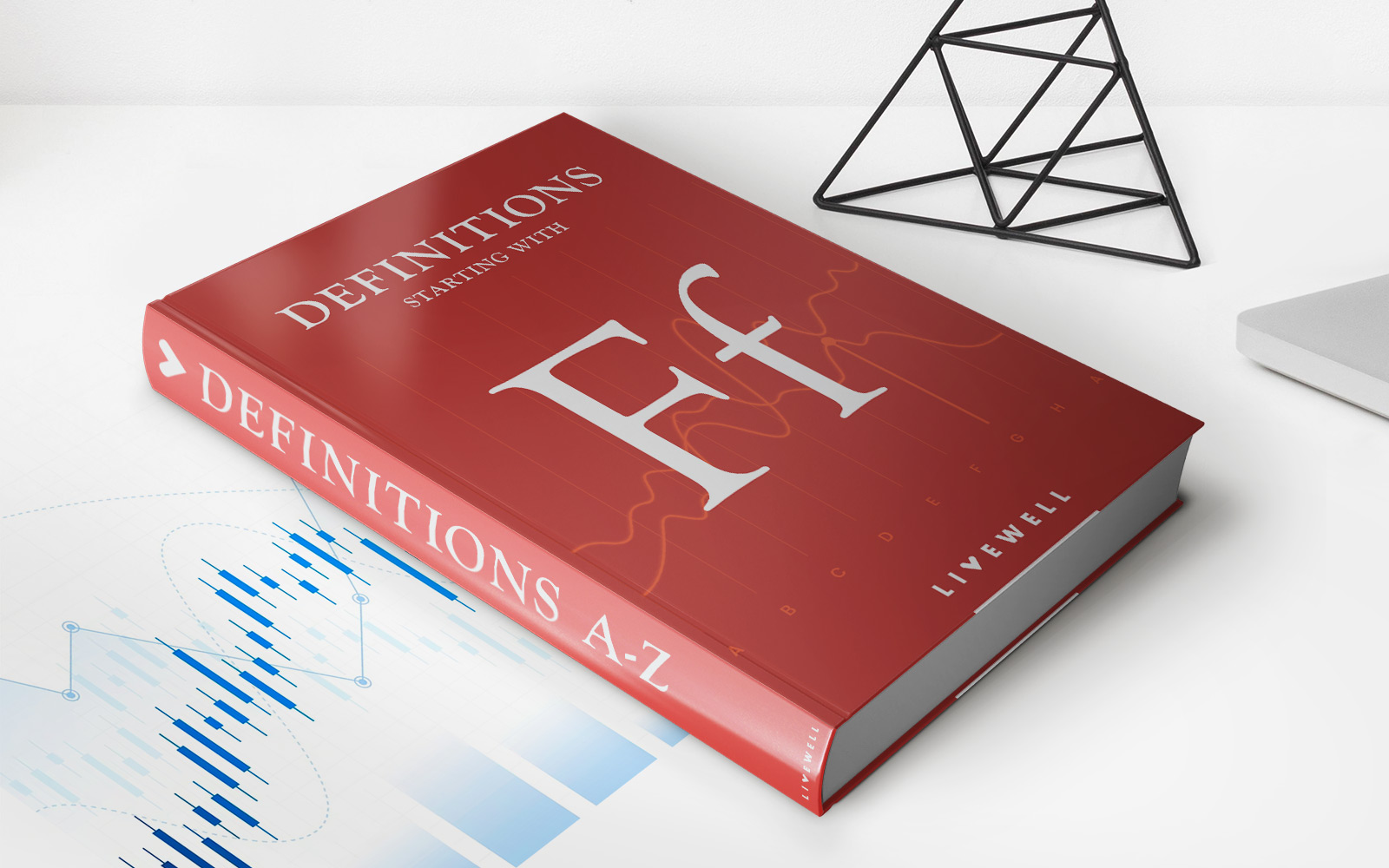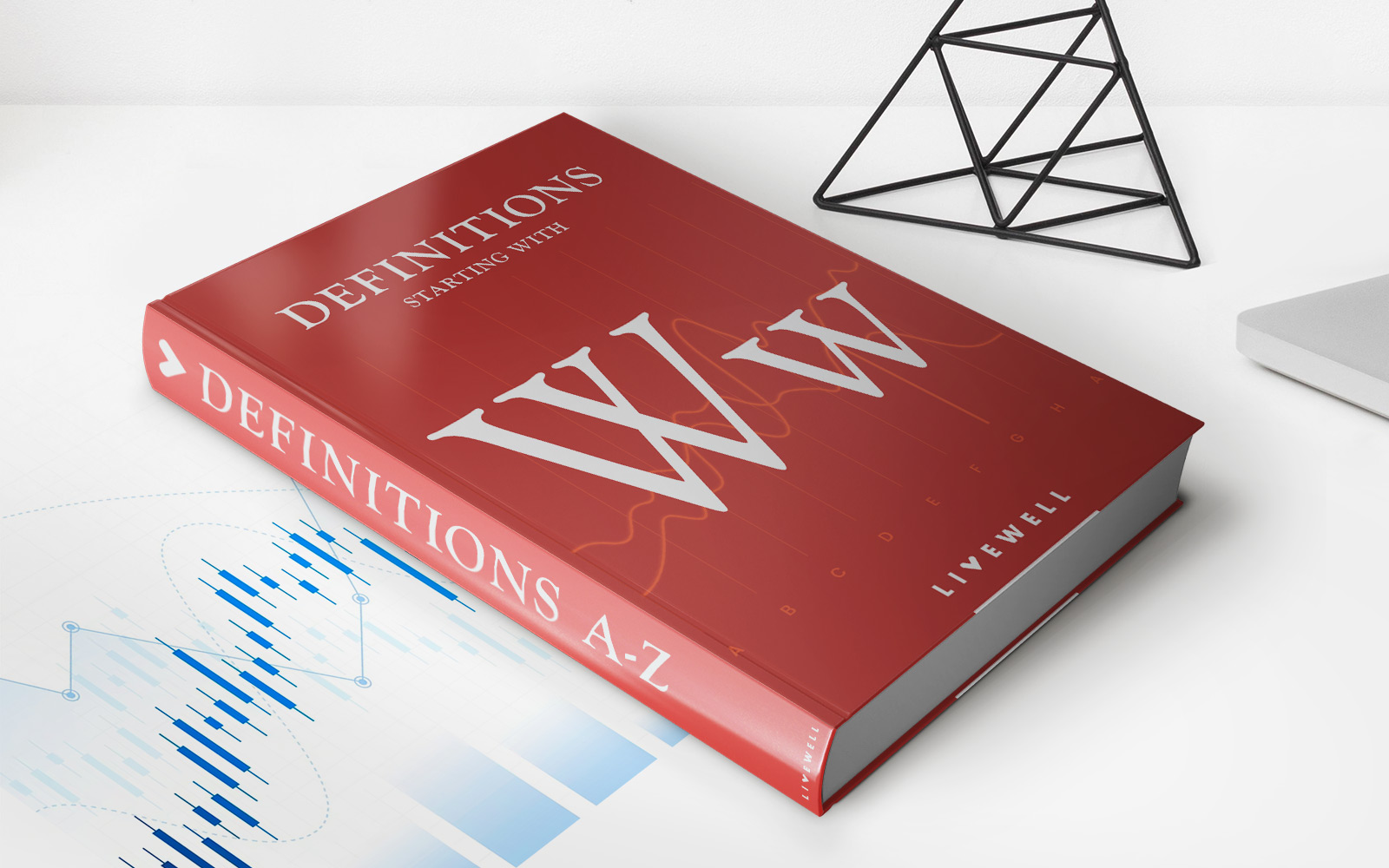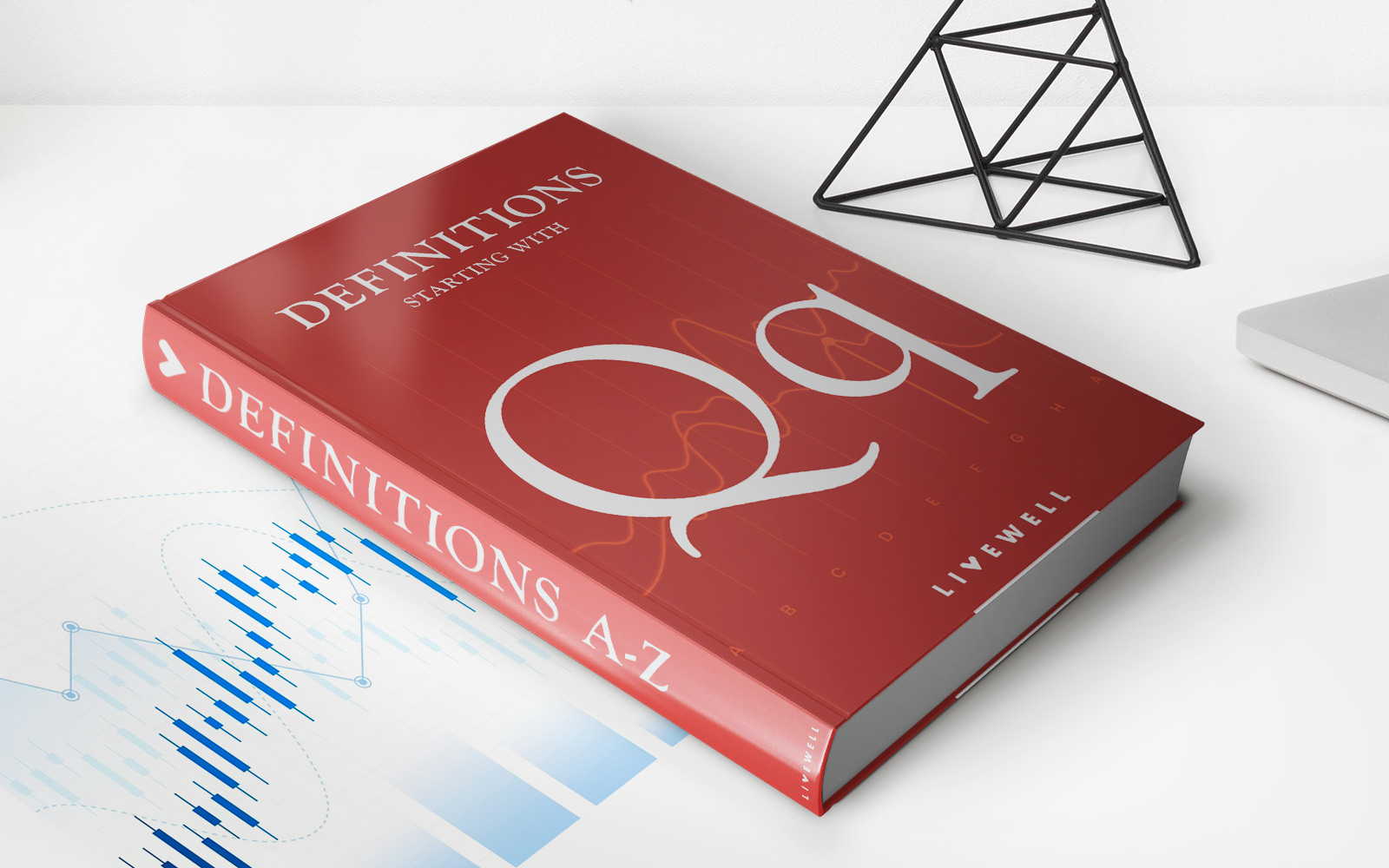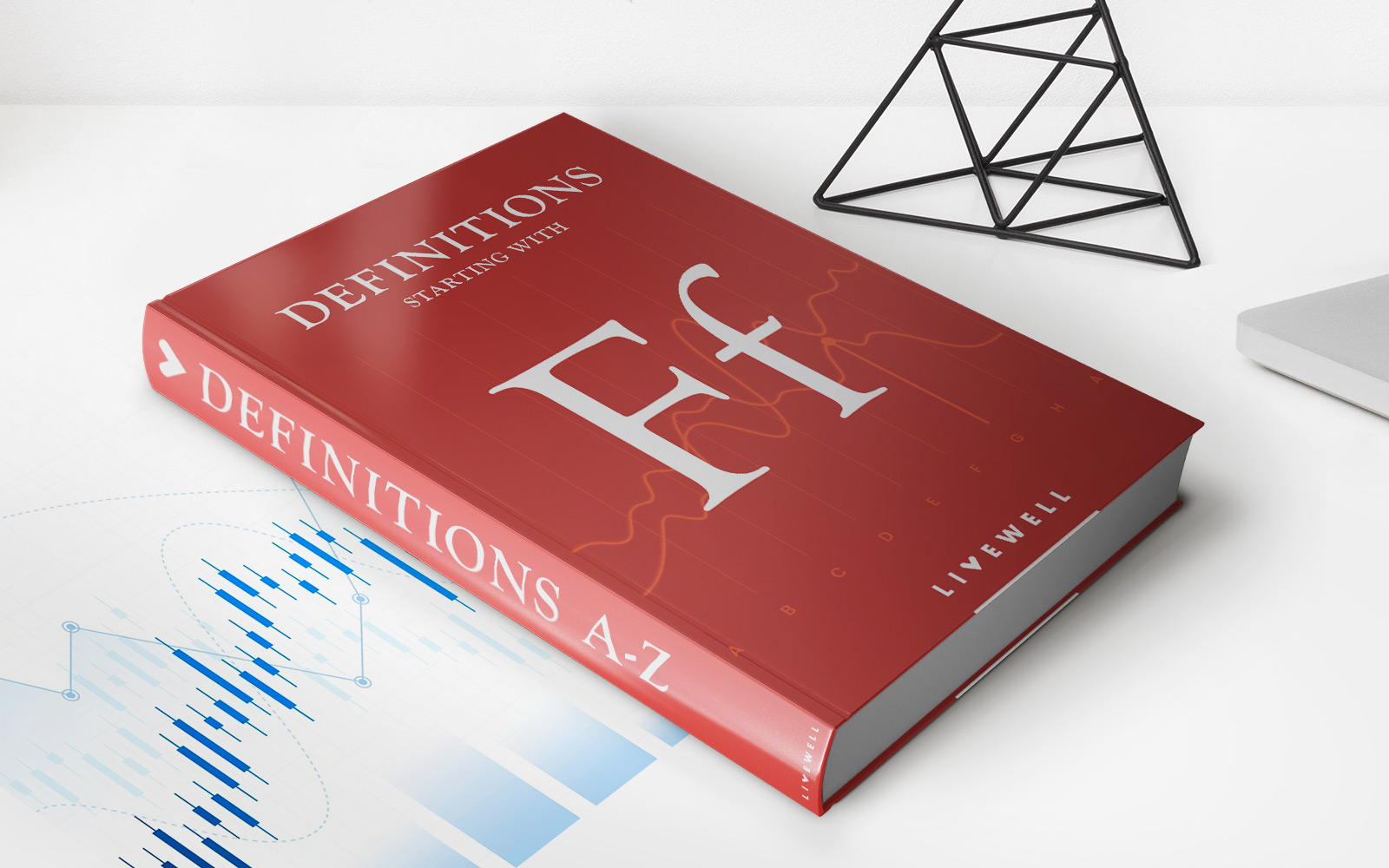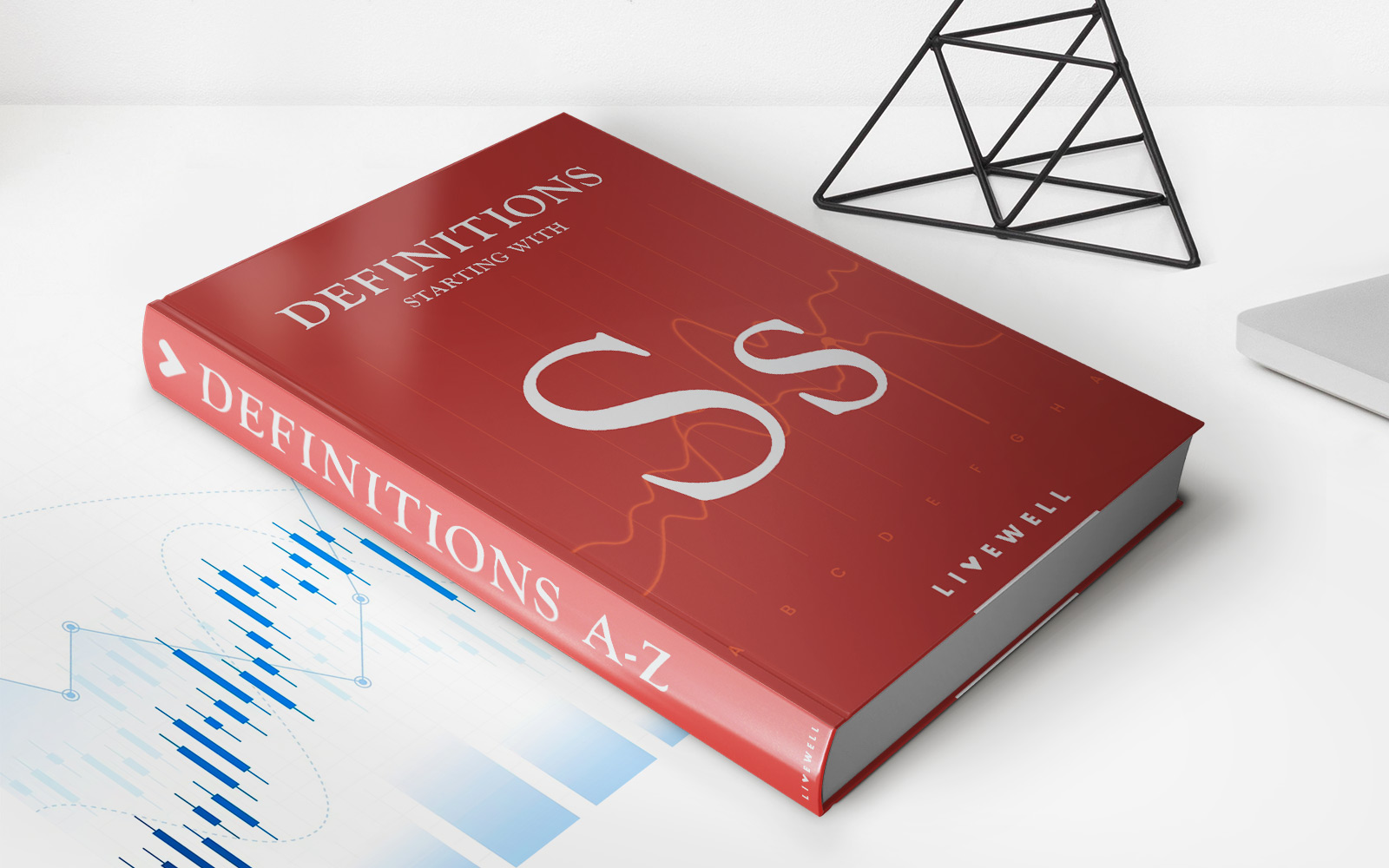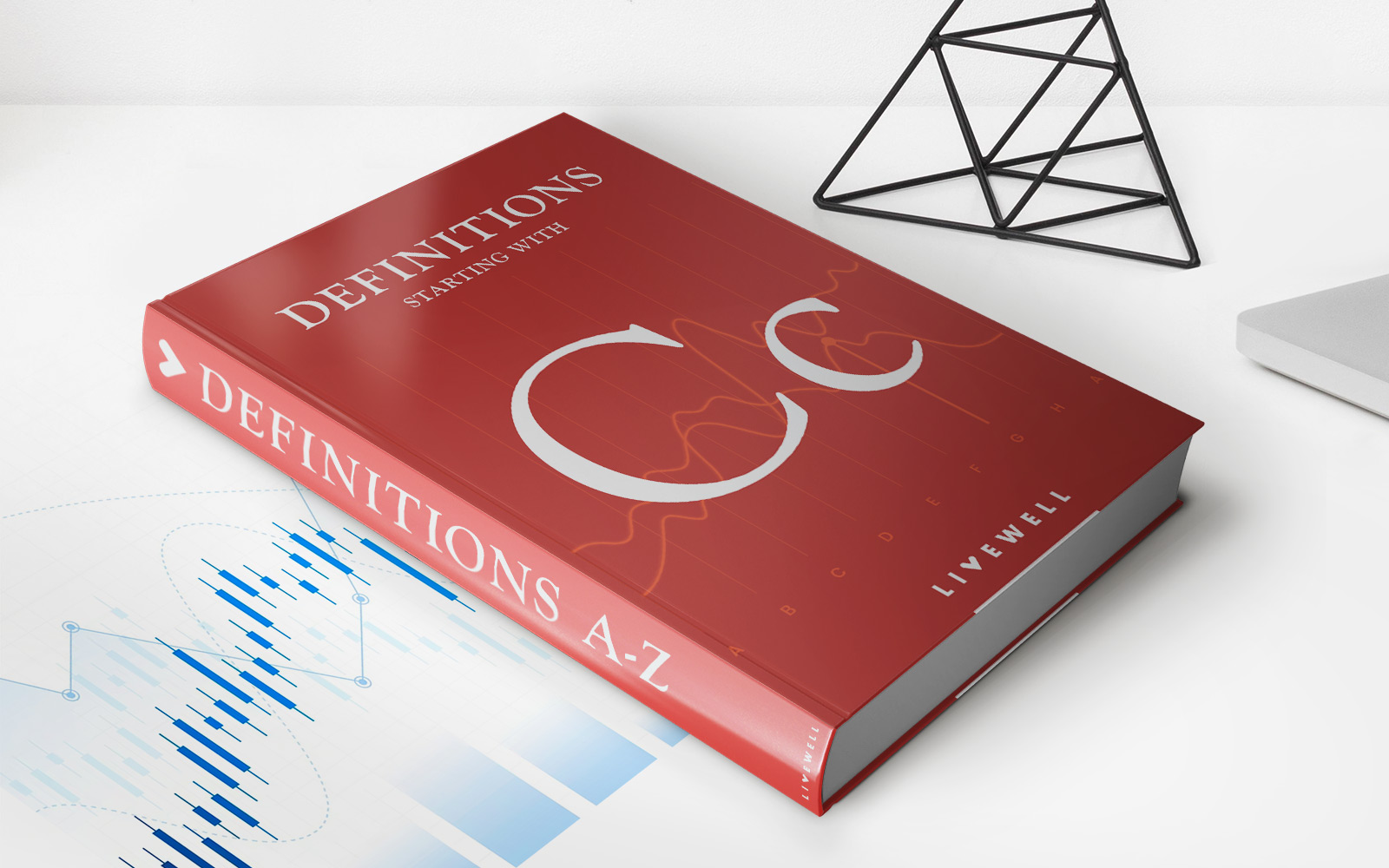Home>Finance>Fire Insurance: Definition, Elements, How It Works, And Example
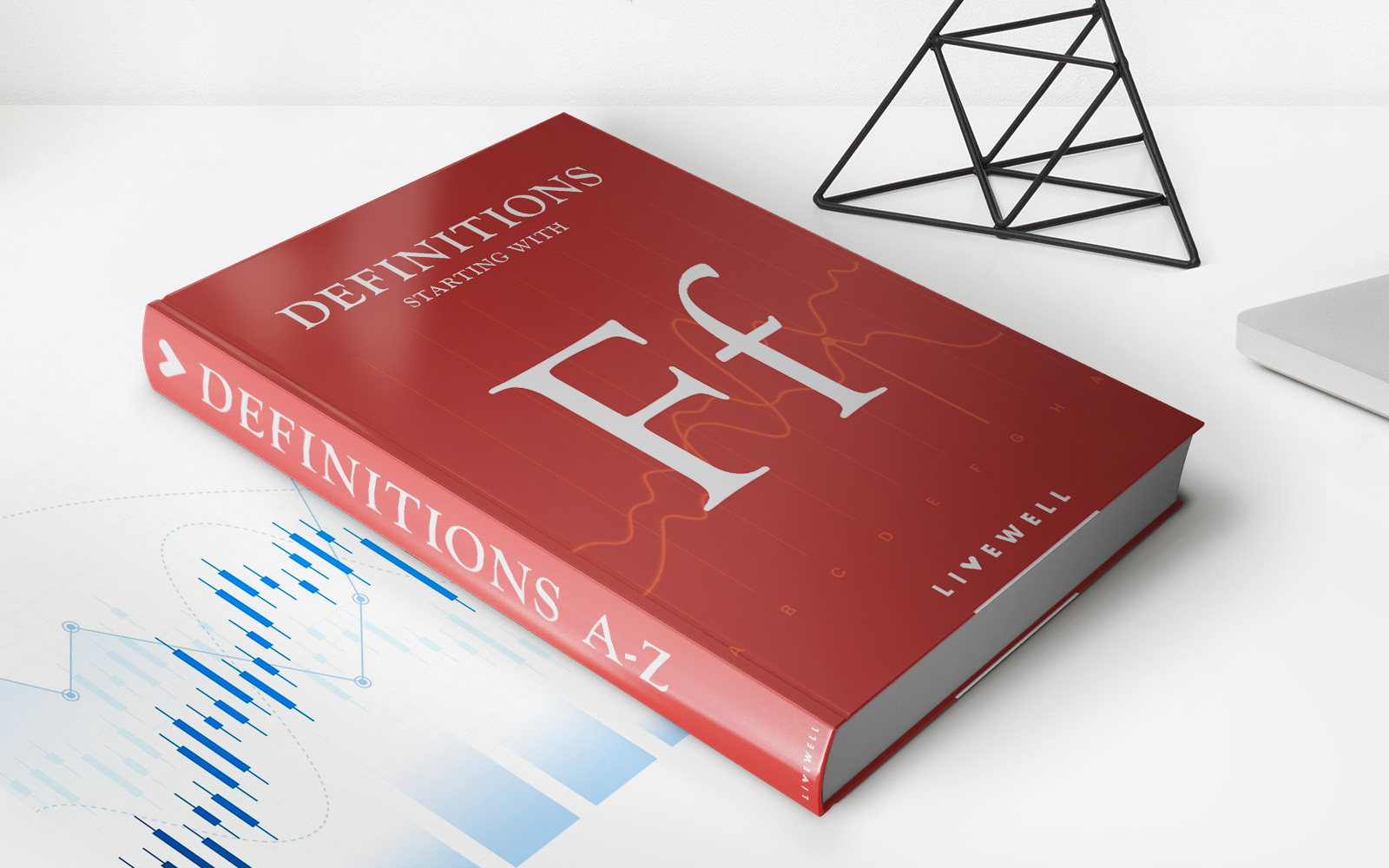

Finance
Fire Insurance: Definition, Elements, How It Works, And Example
Published: November 24, 2023
Discover the definition, elements, and workings of fire insurance in the finance industry, along with an example. Learn how it can protect against fire-related risks.
(Many of the links in this article redirect to a specific reviewed product. Your purchase of these products through affiliate links helps to generate commission for LiveWell, at no extra cost. Learn more)
Protecting Your Finances: Understanding Fire Insurance
When it comes to safeguarding your financial well-being, insurance plays a crucial role in mitigating risks. While there are various types of insurance available, one category that often goes overlooked is fire insurance. In this blog post, we delve into the world of fire insurance, exploring its definition, key elements, how it works, and providing a real-life example to help you better understand its importance.
Key Takeaways:
- Fire insurance provides coverage for damages caused by fire, helping individuals and businesses recover financially from such incidents.
- It is essential to understand the elements of fire insurance, including coverage limits, exclusions, and deductibles, to ensure you have appropriate protection.
What is Fire Insurance?
Fire insurance is a type of property insurance designed to protect individuals and businesses from financial losses that result from fire-related incidents. In the unfortunate event of a fire, this insurance coverage helps policyholders recover the value of their property, repair damages, and replace any lost possessions.
Fire insurance policies typically provide coverage for both residential and commercial properties. Whether you own a home, a building, or lease a space, having fire insurance in place safeguards your financial well-being and provides peace of mind.
Elements of Fire Insurance
Understanding the essential elements of fire insurance ensures that you have the right coverage and are aware of any limits or exclusions. Here are some key elements to consider:
- Coverage Limits: Fire insurance policies have a maximum coverage limit that indicates the maximum amount an insurer will pay towards a claim. It’s crucial to assess the value of your property and ensure your coverage limit is sufficient to cover potential damages or losses.
- Exclusions: Like any insurance policy, fire insurance has certain exclusions. Common exclusions may include intentional acts, arson, war, or damages caused by natural disasters like earthquakes or floods. Reviewing the exclusions helps you understand what is and isn’t covered, allowing you to make informed decisions regarding additional coverage.
- Deductibles: Fire insurance policies often include a deductible, which is the amount you must pay out of pocket before the insurance coverage kicks in. Consider your financial capabilities when choosing a deductible amount, as higher deductibles may lead to lower premiums but require greater upfront costs in the event of a fire.
How Does Fire Insurance Work?
When you purchase fire insurance, you agree to pay a premium to an insurance company in exchange for coverage. In the event of a fire-related incident, you must notify your insurance provider immediately and file a claim. The insurance company will then investigate the claim, assess the damages, and determine the amount they will pay based on your coverage limits, deductibles, and policy exclusions.
Once the claim is approved, the insurance company will provide you with the necessary funds to repair the damages or replace your property. Remember, it is crucial to document the damages and provide all necessary evidence, as this plays a vital role in the claim settlement process.
An Example of Fire Insurance in Action
Let’s say you own a family home and experience a devastating fire that causes significant damage to the structure and destroys many of your belongings. Without fire insurance, you would have to bear the entire financial burden of restoring your property and replacing your possessions.
However, since you had a comprehensive fire insurance policy in place, you were able to file a claim with your insurance company. After evaluating the damages and considering your coverage limits, deductibles, and policy terms, the insurance company agrees to pay the claim. This financial support enables you to rebuild your home, replace damaged items, and overcome the financial strain caused by the fire.
In Conclusion
Fire insurance is a vital component of your overall financial protection strategy. Understanding the definition, elements, and how it works allows you to make informed decisions when selecting a policy. By having fire insurance in place, you can safeguard your property, belongings, and your financial well-being from the devastating impact of fire-related incidents.
- Key Takeaway 1: Fire insurance provides coverage for damages caused by fire, helping individuals and businesses recover financially from such incidents.
- Key Takeaway 2: It is essential to understand the elements of fire insurance, including coverage limits, exclusions, and deductibles, to ensure you have appropriate protection.
Don’t let the threat of fire leave you financially vulnerable. Explore your fire insurance options today and take control of your financial well-being.
